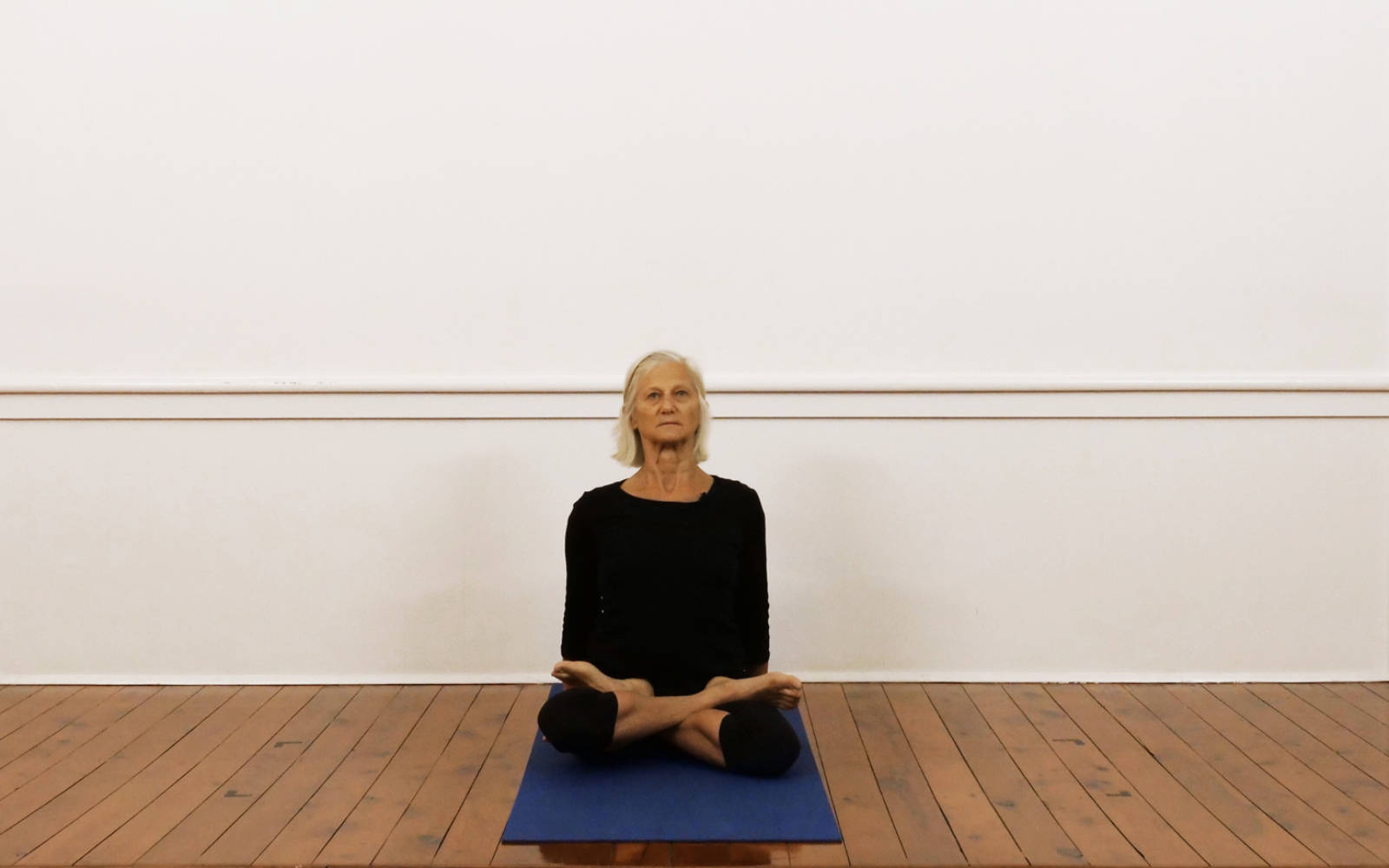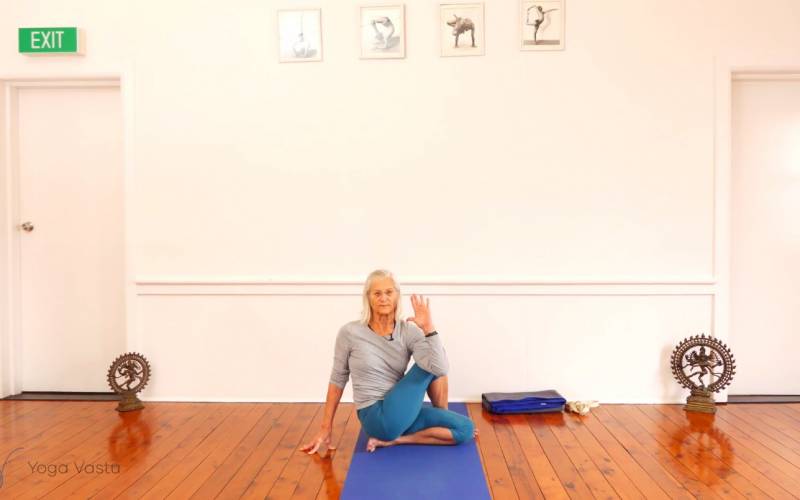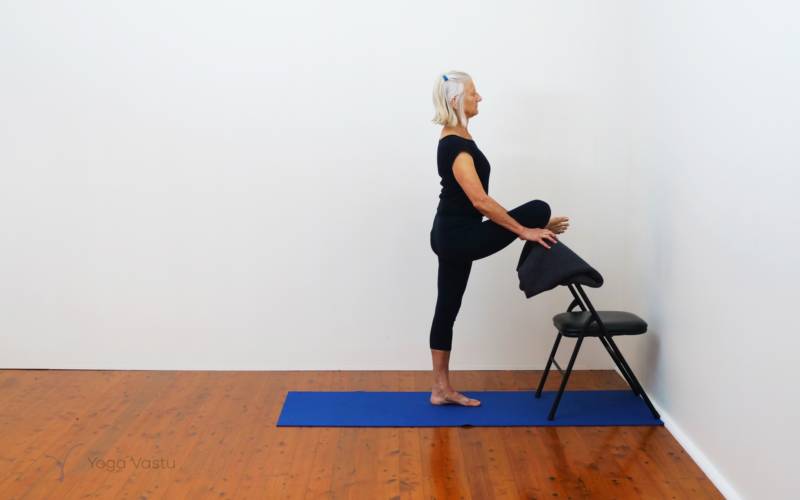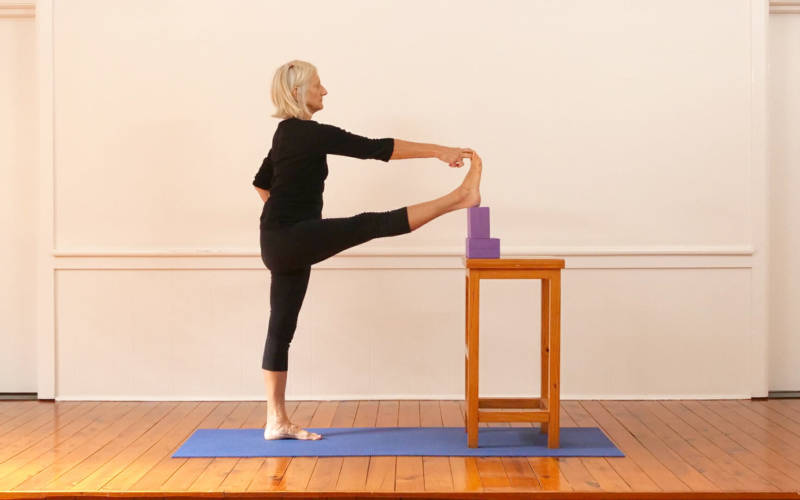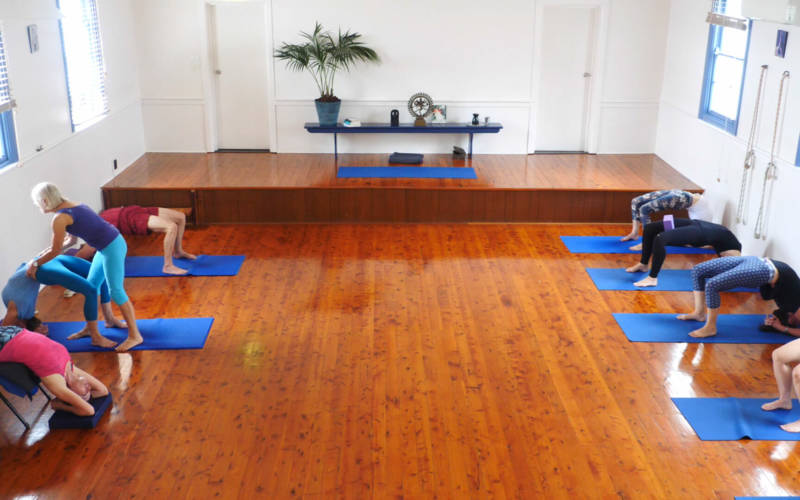How to perform Lotus Pose
Cross your legs in a way that your feet are positioned in the thigh creases. Your back is straight, your sit bones point downwards. Your hands rest on the floor beside your knees.
What is Padmasana?
Padmasana, or Lotus Pose, is one of the most iconic seated positions in yoga. It is most commonly associated with meditation and typically appears in representations of the Buddha.
In this pose, the legs are crossed in a way that the heels of the feet are positioned near the navel. Such an intense bend in the knees, not normally experienced on a day-to-day basis can cause discomfort at first. But regular practice will allow the student to get more comfortable in this position, eventually making for healthier knee joints and leg muscles and rejuvenating the lower body.
When to use Padmasana?
When used on its own, it is usually assumed for long periods of time and offers the practitioner unparalleled levels of focus and awareness, helps calm the mind and spirit as all the concentration is drawn inward.
Initially, this pose can be challenging, especially if the student lacks the necessary mobility in the knee joints. However, when the stiffness and ensuing pain are overcome, it is one of the most relaxing and restorative poses. The knees, as they rest on the ground, offer extra support for your upper body, thus making it easier for the practitioner to sit up straight. This allows for the breath to flow more evenly, supplying all the vital organs with oxygen and making this pose perfect for seated meditation.
